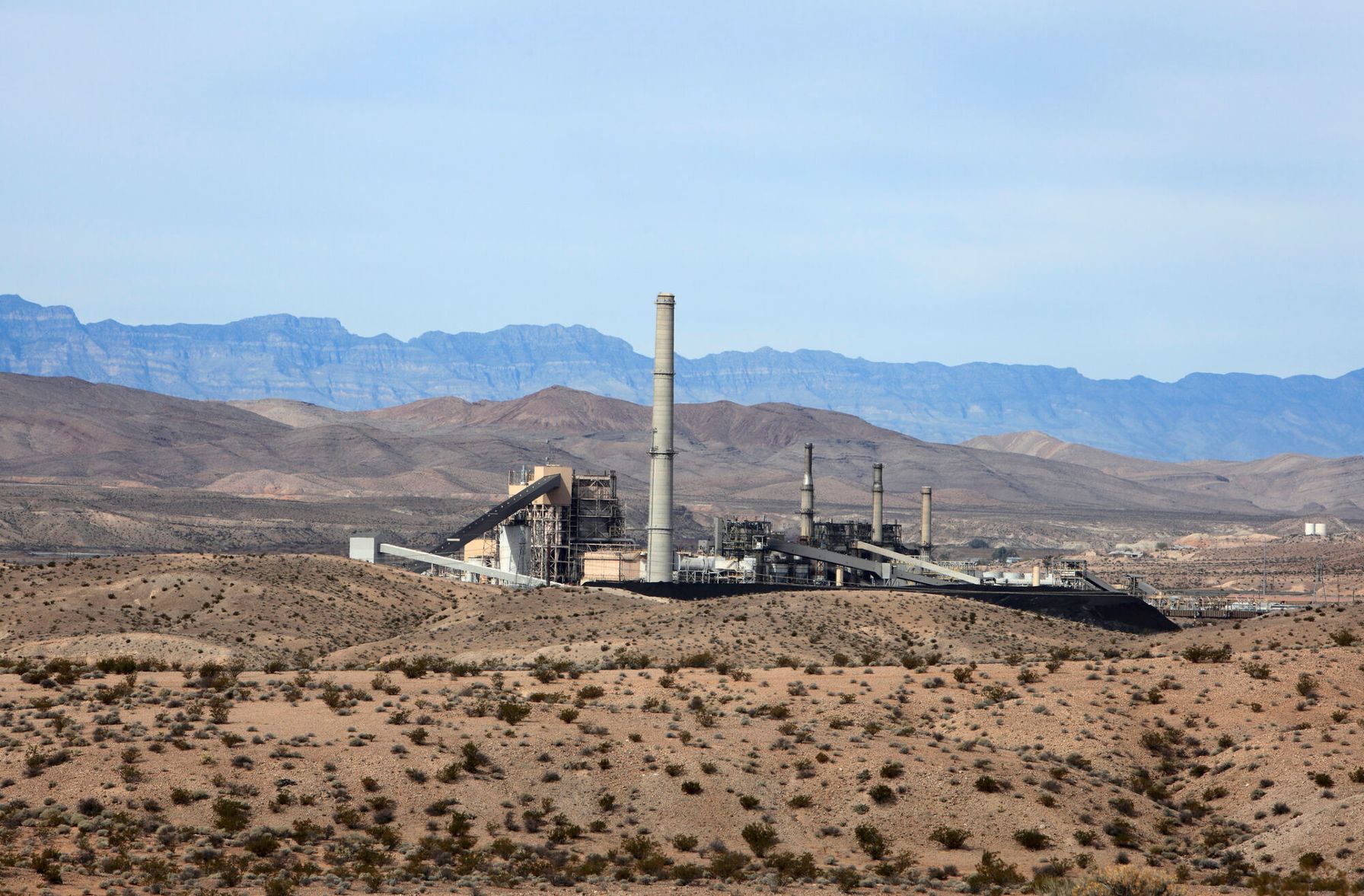
Because of challenges related to the Federal Coal Combustion Residuals (CCR) Rule, owners and operators of CCR units are actively making decisions on corrective measures to address CCR effects on water quality, often implementing closure options and remedy selection to achieve compliance. Because the Rule requires that an owner/operator meet groundwater protection standards (GWPS) under a stringent timeframe, many are seeking ways to use in-situ technologies to expedite GWPS compliance through enhanced attenuation (EA) strategies.
Download and Read our White Paper for More Details About:
- Reductants and Biotic Processes
- Biochemical Reduction Testing
- Arsenic and Selenium Stabilization
- ZVI Testing
- Biowall Testing
TRC conducted two case studies to test different EA strategies. In both studies, chemical and biological reduction to stabilize metals at former CCR sites were evaluated.
The first case study tested the application of Zero Valent Iron (ZVI) via direct-push injection techniques as an alternative means of attenuating a plume with persistent levels of arsenic. Based on the results from these tests, a pilot-scale test using a mixture of ZVI and ferrous sulfate was proposed and is currently being implemented.
The second case study had a groundwater extraction system installed at a former CCR impoundment to provide enhanced natural attenuation. This case found that a permeable reactive barrier (PRB) was not recommended due to the concern of long-term permeability issues, which could result in the diversion of groundwater flow around the PRB.
These case studies provide valuable insight into implementing groundwater compliance strategies. Based on the data, it’s important to obtain a clear site conceptual model, incorporating geochemistry, hydrogeology, and attenuation parameters, and ensure the system is stable before assessing or making recommendations.
We have found that the removal of CCR from an impoundment does not always result in a quick attainment of GWPS, and Monitored Natural Attenuation (MNA) may take time. Reductant treatment technologies such as ZVI can be effective at stabilizing metals through sorption and coprecipitation reactions. The addition of ZVI not only facilitates these abiotic reactions, but also promotes biotic reactions that occur simultaneously. Once it is determined that EA may be appropriate for the site, a feasible application method needs to be evaluated. As part of the EA approach, it is also important to incorporate a monitoring program to ensure that the appropriate geochemical conditions are sustained, and that remobilization of metals will not occur.

